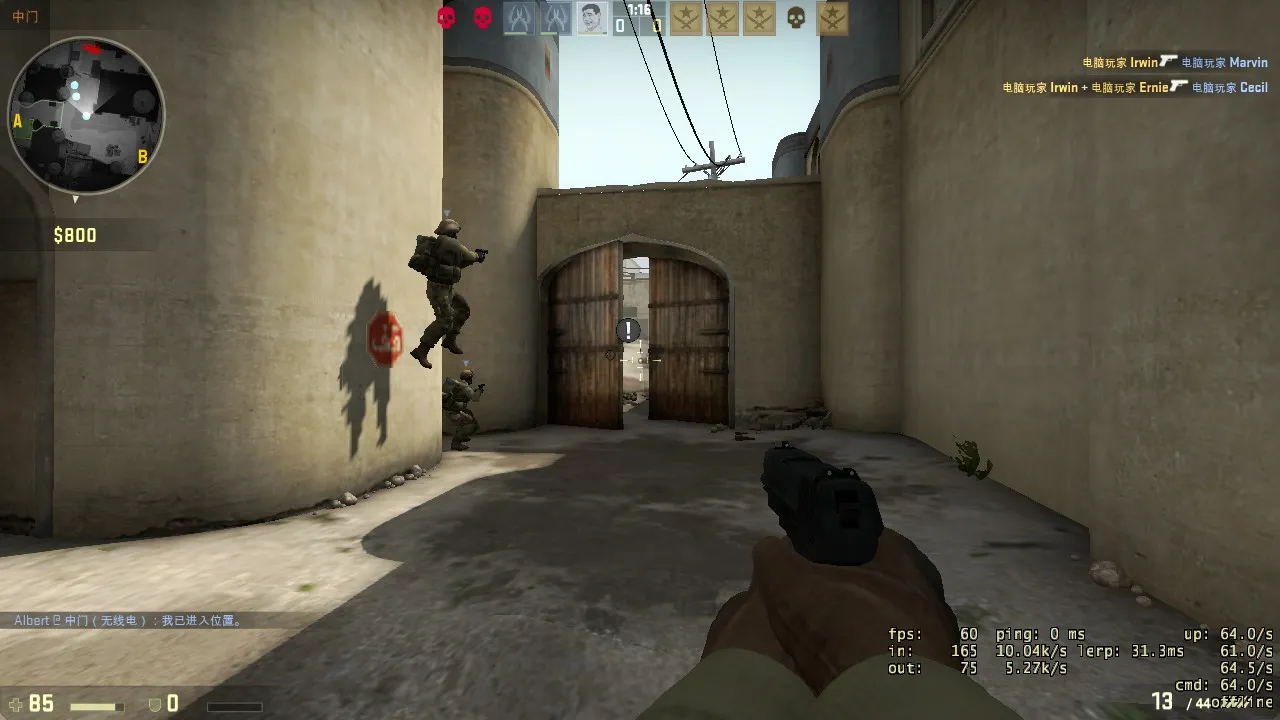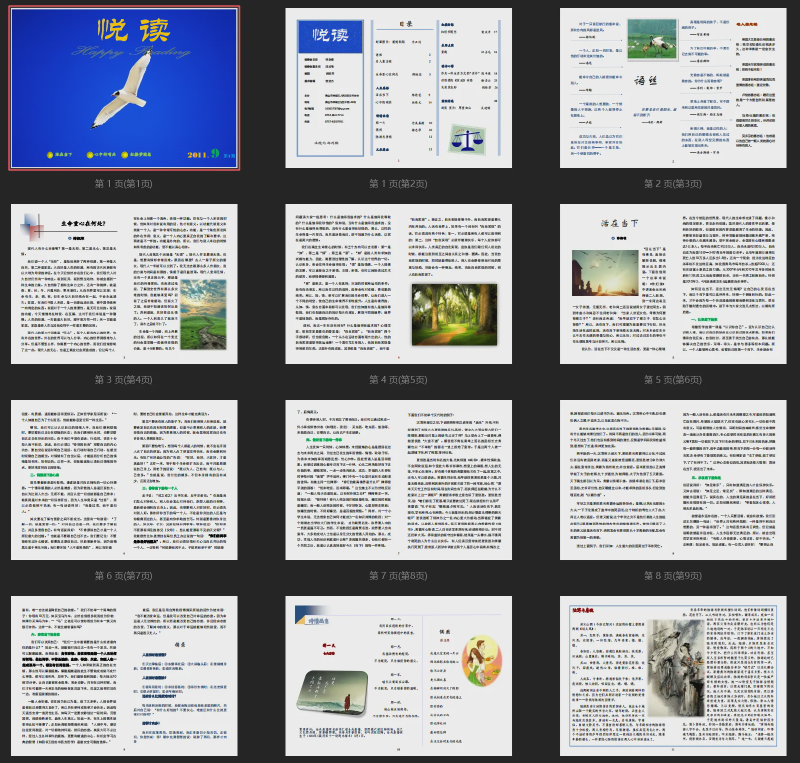Starting in 1958, under the leadership of the Chinese Communist Party, the nation attempted to utilize its abundant labor force and the burgeoning enthusiasm of the masses to “leap forward” in industrial and agricultural socialist construction. In response to the central call for the “Great Leap Forward,” the rural People’s Commune movement adopted the form of the “Communist Wind,” characterized by “equalization, transfer, and collection.”
The “Communist Wind” meant: not recognizing the differences between production teams, equalizing rich and poor teams, and implementing equal distribution within the commune; excessive public accumulation and compulsory labor; and violating the principle of equivalent exchange by uncompensated transfer of certain properties of production teams and individual members.










